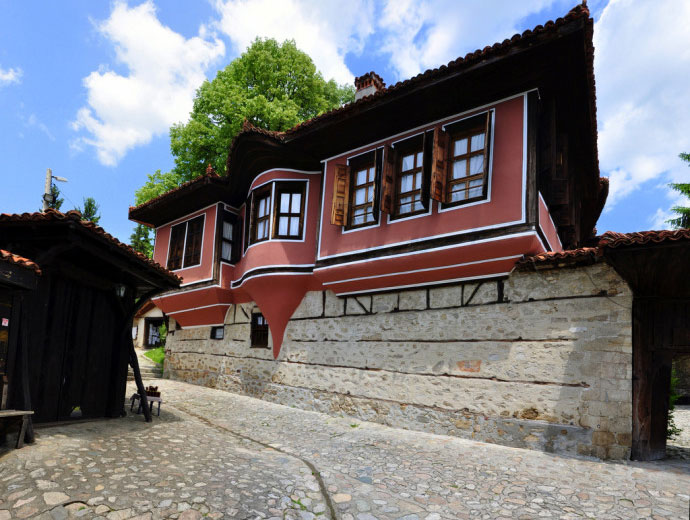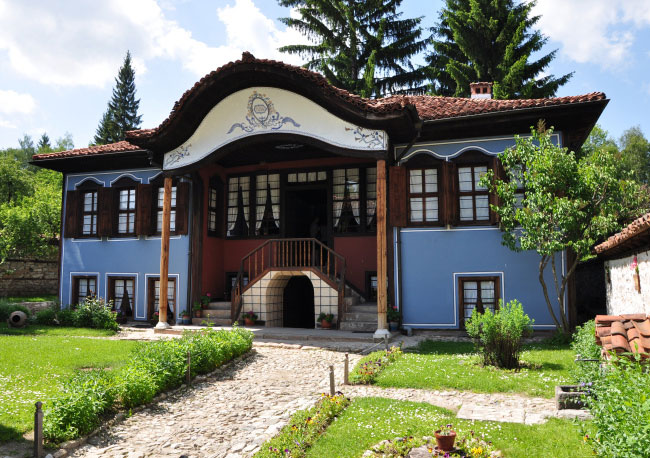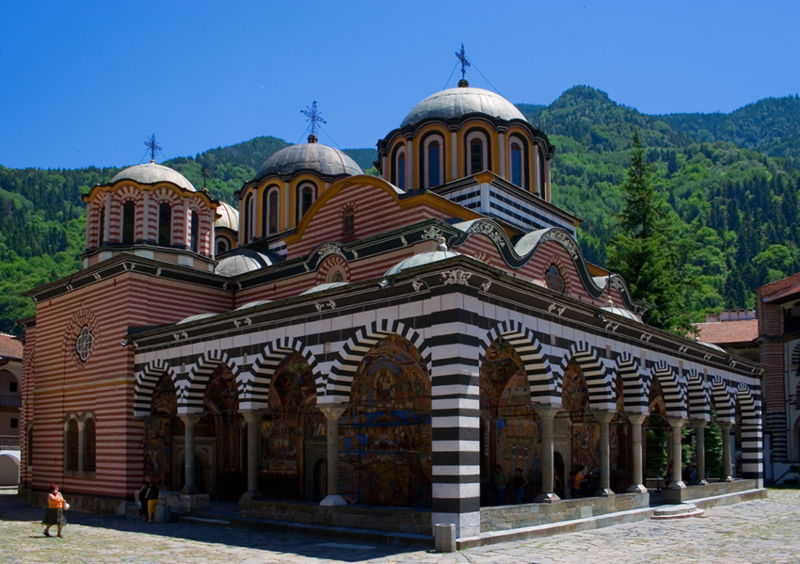Return of the tradition – The Bulgarian Revival house
Wherever on the world we wander, we, the Bulgarians remain firmly connected to our native homeland. In our souls sounds a traditional Rhodopi bagpipe as our grandmother bottles fruits and makes strawberry jam as we emotionally circle around her asking thousands of questions with the desire to help. Each of us corners such fond memories in his soul and if lucky and willing enough, a day comes when returning to them in an attempt to escape from the hectic everyday lives, there pops an interesting question – “Why not create this now for myself & family?”
Well, why not? You have chosen the place; actually, you have done this a long ago and knew that this is it, your place, where your traditional stone and wood once-upon-a-time house belongs. With a fireplace, picturesque, buried by geraniums and greenery courtyard and generally all, as it should be.
However, let us take matters in order: first, it is time to see what exactly according to theorists is the Bulgarian Revival house and logically, architecture: It fully embodies the traditions, customs, manners of our people, because of our cultural isolation from the rest of the world during the Ottoman rule. It emerges at the end of the XVIII century, changes and evolves under the influence of the cultural, economic, political life. It is consistent with the geography and traditions of the respective towns and villages.
 image source: otbivki.com
image source: otbivki.com
Until the 30s of the XIX century the Revival house is to be found mainly in mountain areas in several thriving Bulgarian villages – Melnik, Koprivshtitsa, Sopot, Tryavna, Zheravna, Kotel, Bojentsi, Bansko.
The next stage of the revival house construction is up to the 60s of the XIX century. The upsurge of crafts and trade leads to migration to the cities, where all apply their aesthetics and incorporate it into their own corner. Ancient Filipopolis established itself as an important cultural and economic center. Nascent bourgeoisie had higher requirements for the living space. The home is now not just a place to sleep, perform household activities and eventually have time with the family, it now includes more premises that are spacious and has decorative and representative functions.
Final stage of the Revival house development is from the 60s of the XIX century until the liberation in 1878. The efflorescence of Plovdiv and the settlements under its influence continues. In other places, it has already found its image and keeps it over the years.
There is a great variety of Revival houses you can choose from. Usually they are grouped depending on the topography of the region – mountainous and field ones; by the construction type and building materials they are built from – stone, wood etc.; symmetrical and asymmetrical in composition, with or without chardak (traditional Bulgarian veranda type) etc. We will gladly help you in recognizing the advantages of each type and choosing the right one fitting your needs and requirements.
 image source: otbivki.com
image source: otbivki.com
Meanwhile, just to remind, that the Revival architecture has left its mark not only on the residential housing. There were built different public and commercial buildings, clock towers, church steeples, monasteries (Rila, Rozhen, Troyan, Preobrajenski Monastery), schools, bridges (covered Bridge in Lovech), inns, fountains.

Today those places are frozen in time and our hearts. In search of our roots and tranquility, we do return to the Revival house in the XXI century. Chardak, well, fireplace, green garden are the dream place for recreation and memories building for many of us. You reached here, so probably for you too.
After browsing through our gallery of Revival houses from different Bulgarian corners, look at our sections One family houses, Guest houses, Bungalows. For sure, you will find something yours there too.
